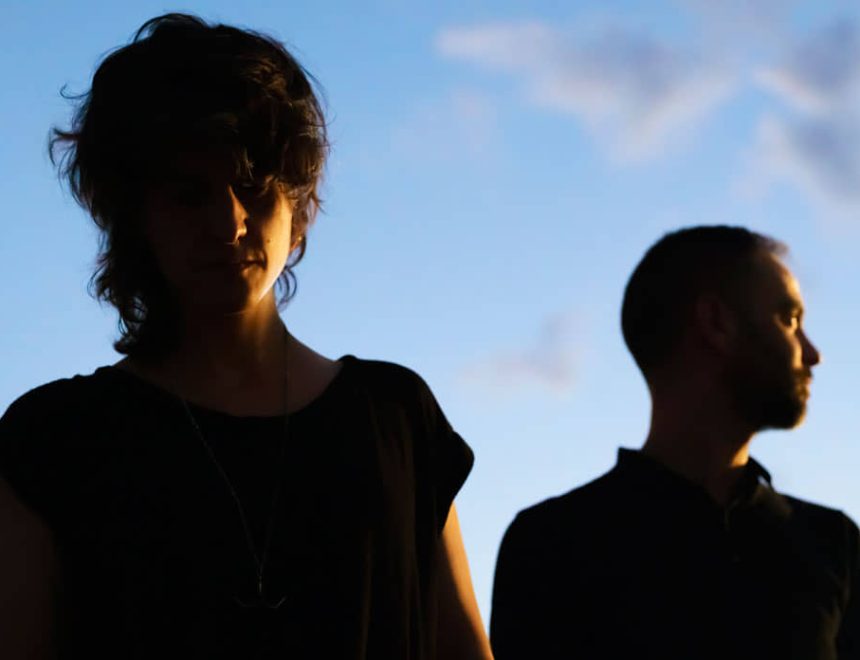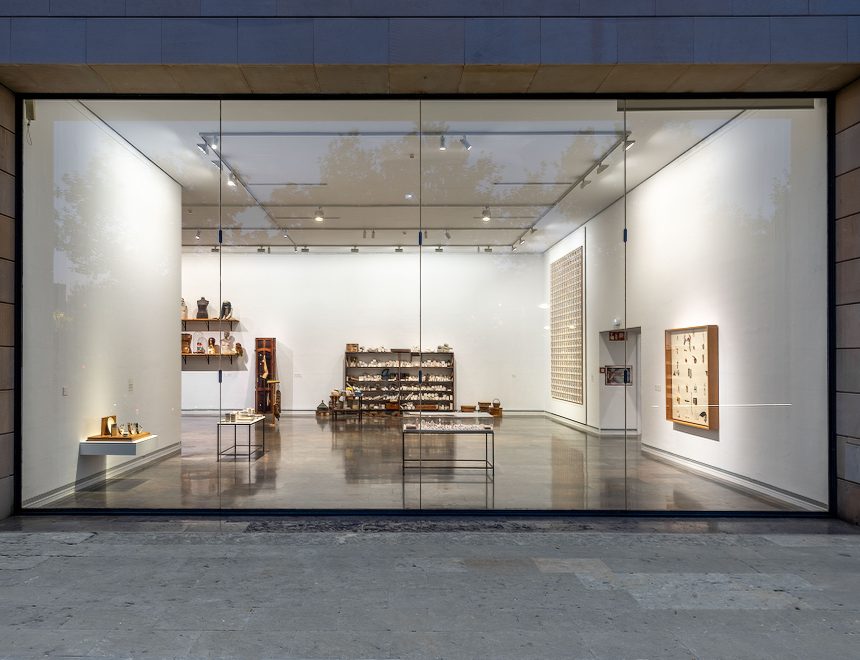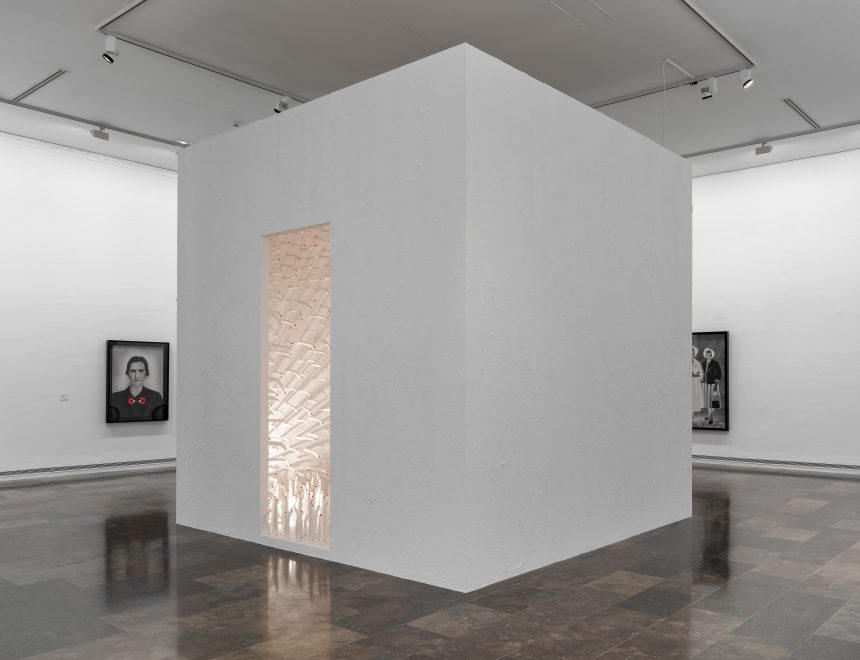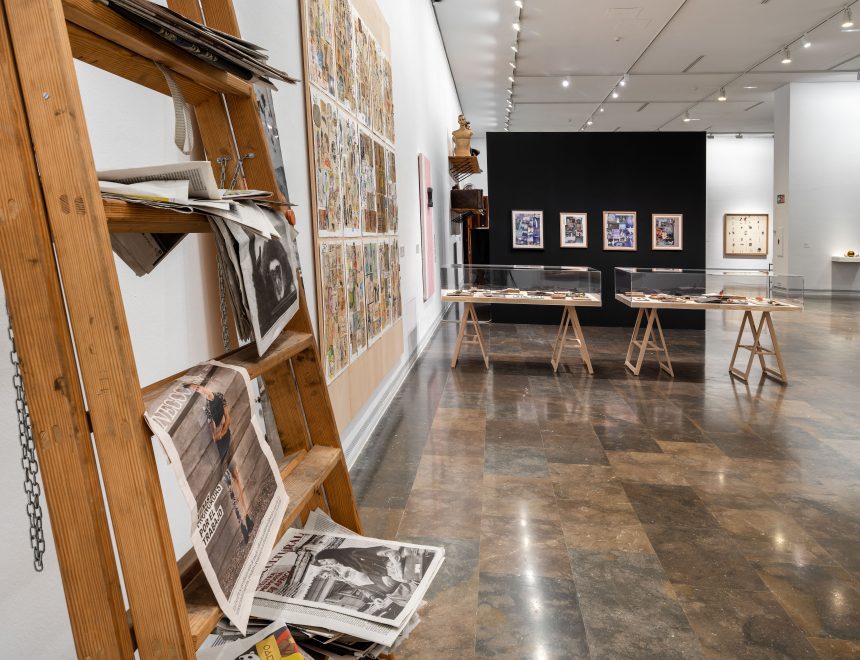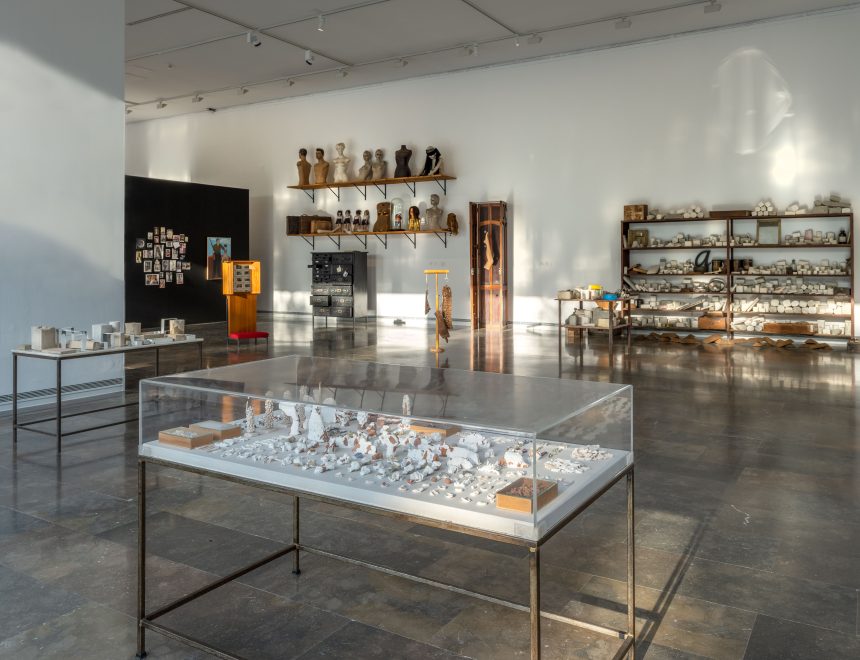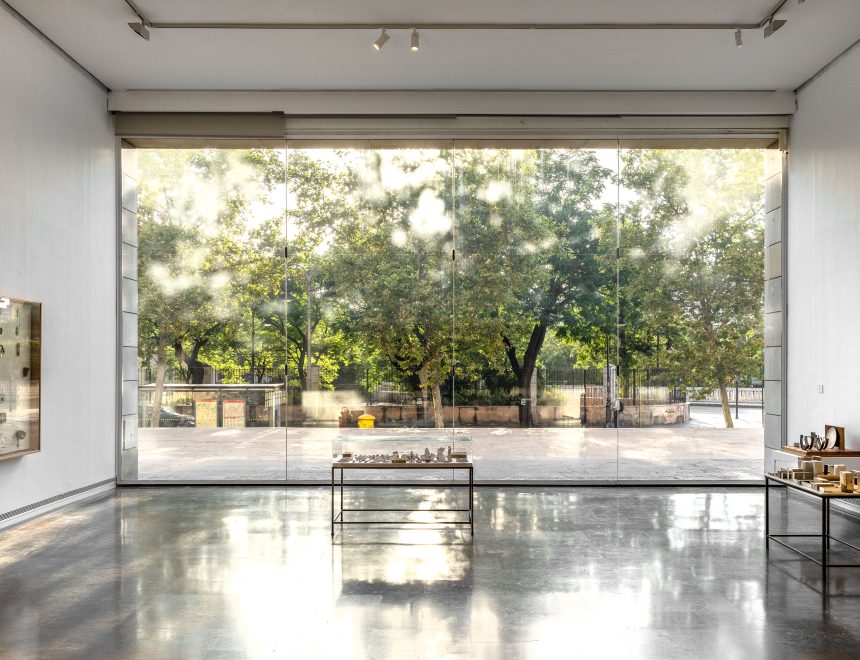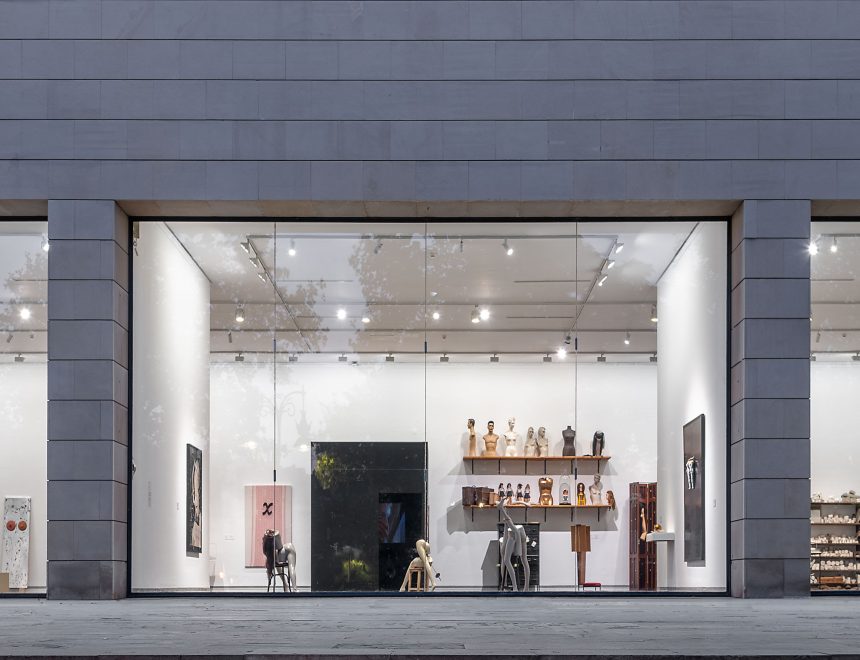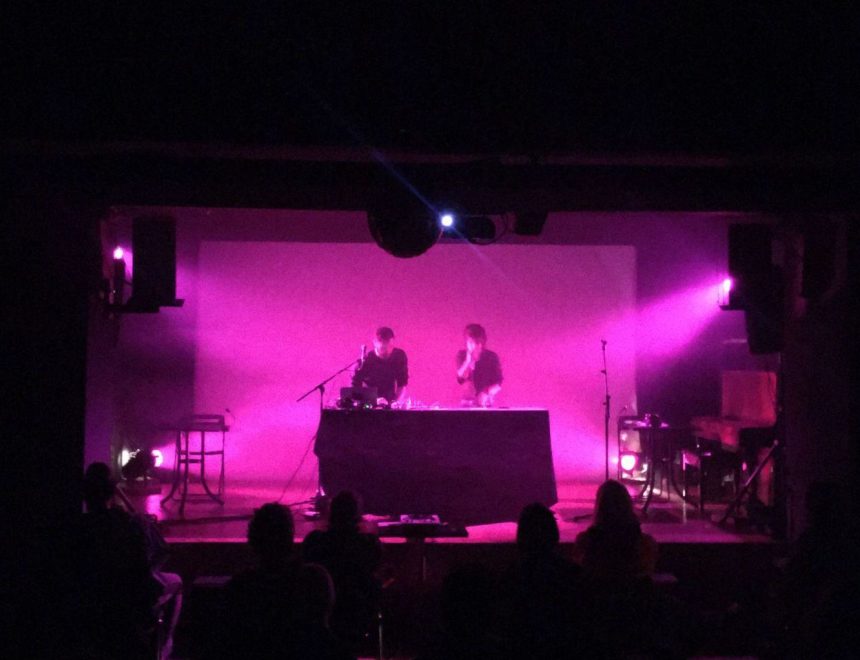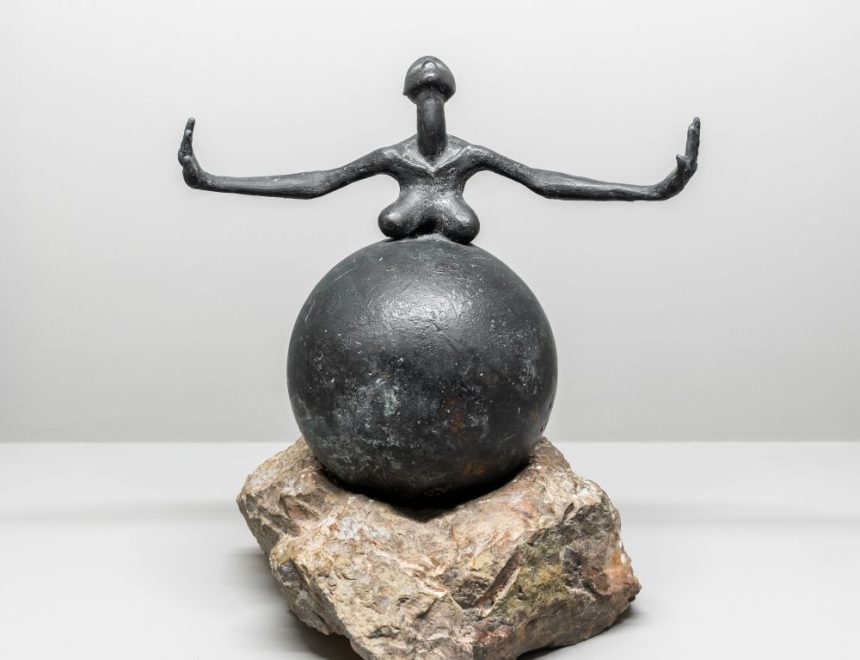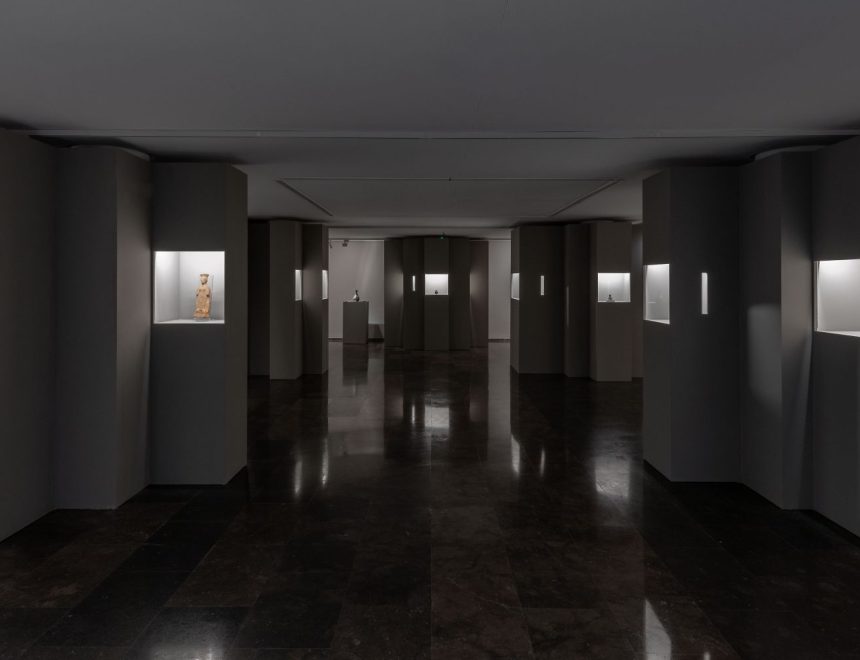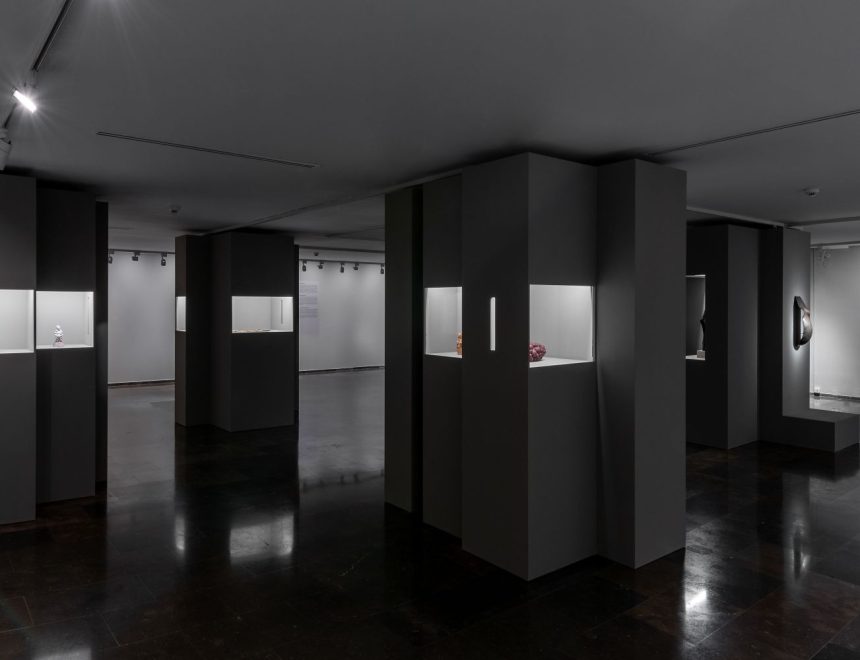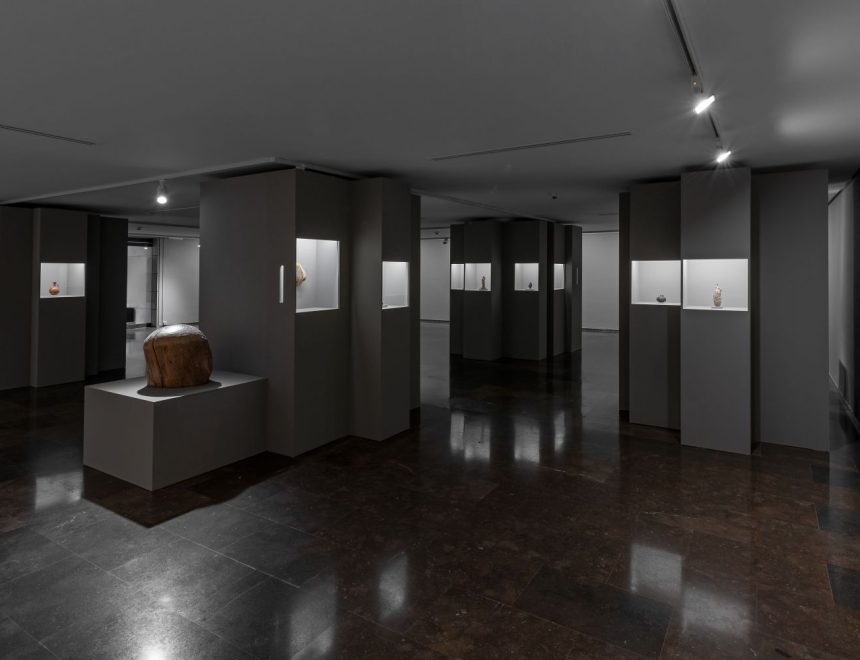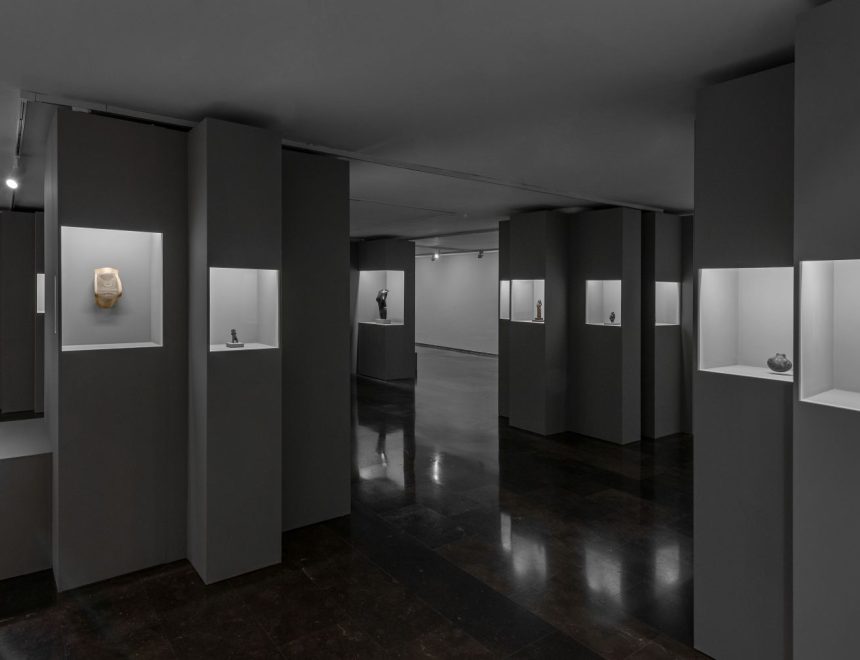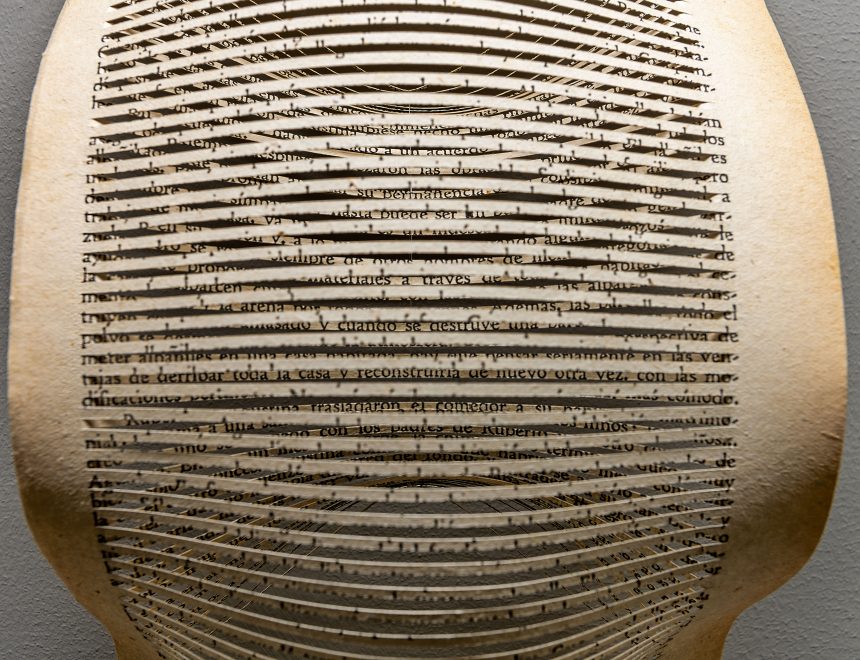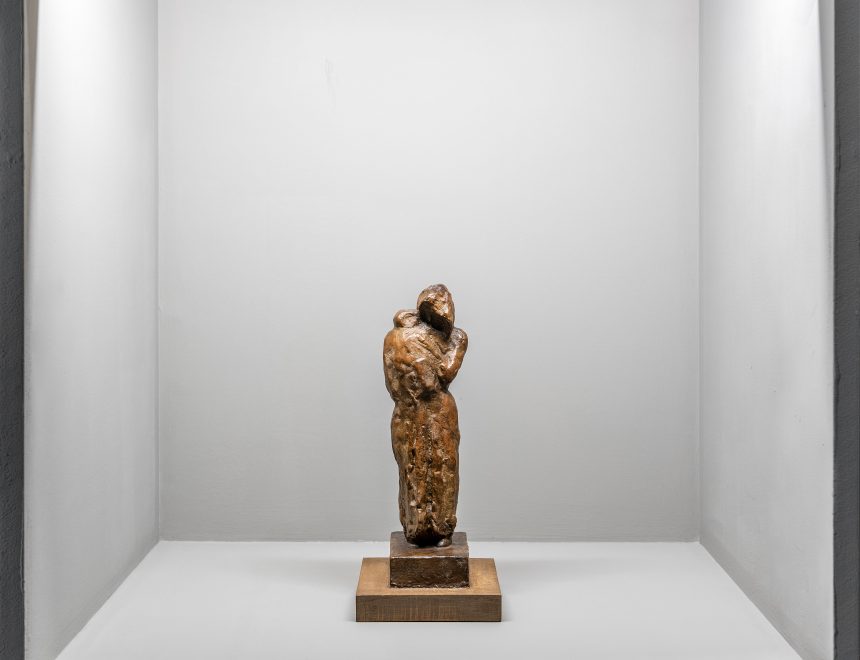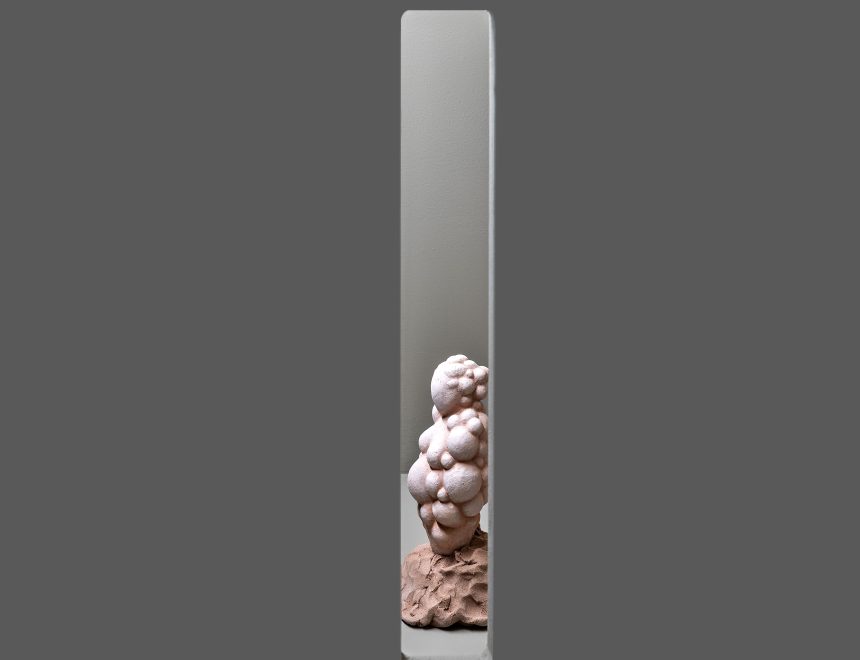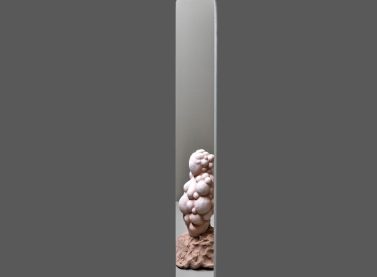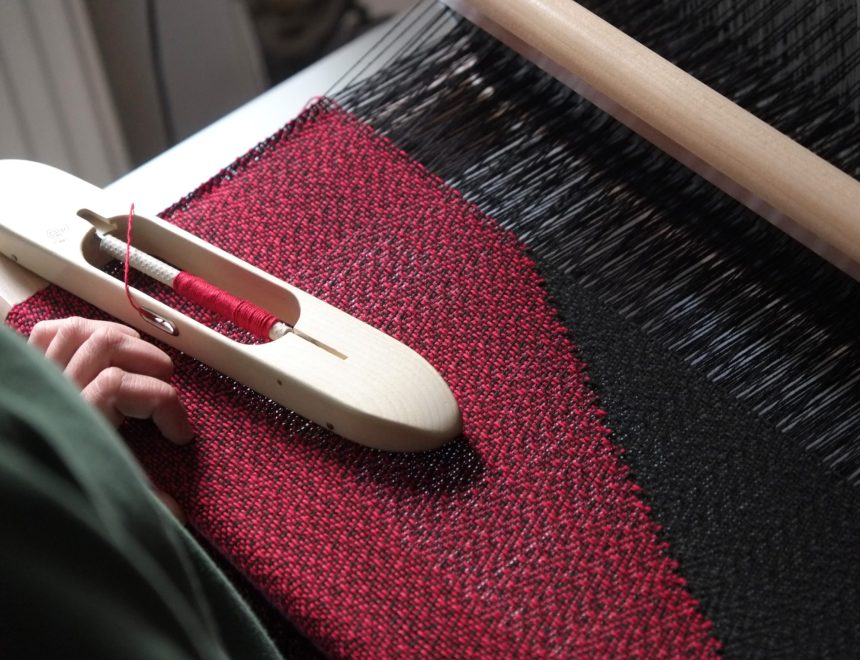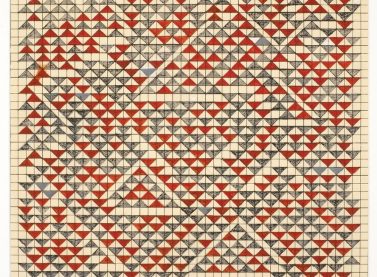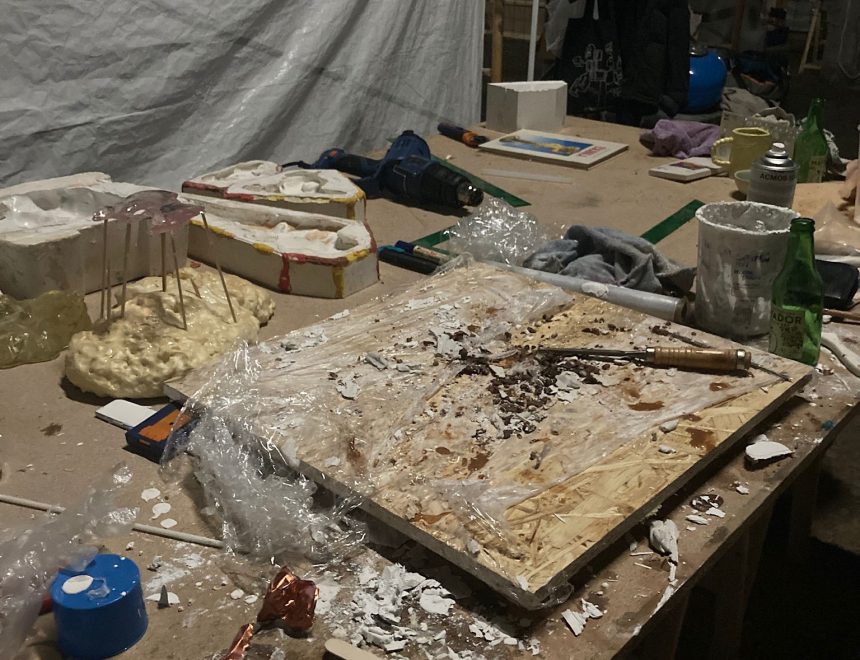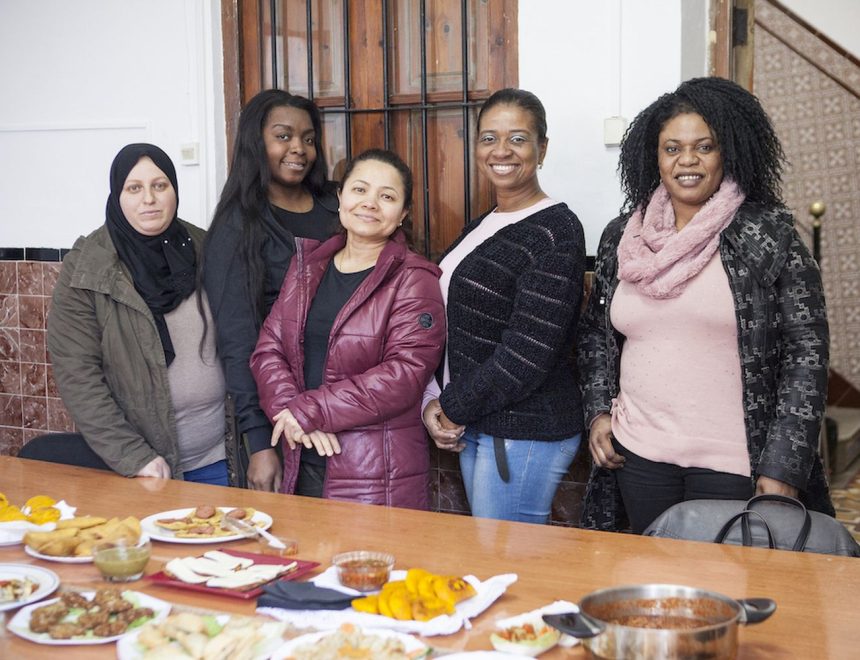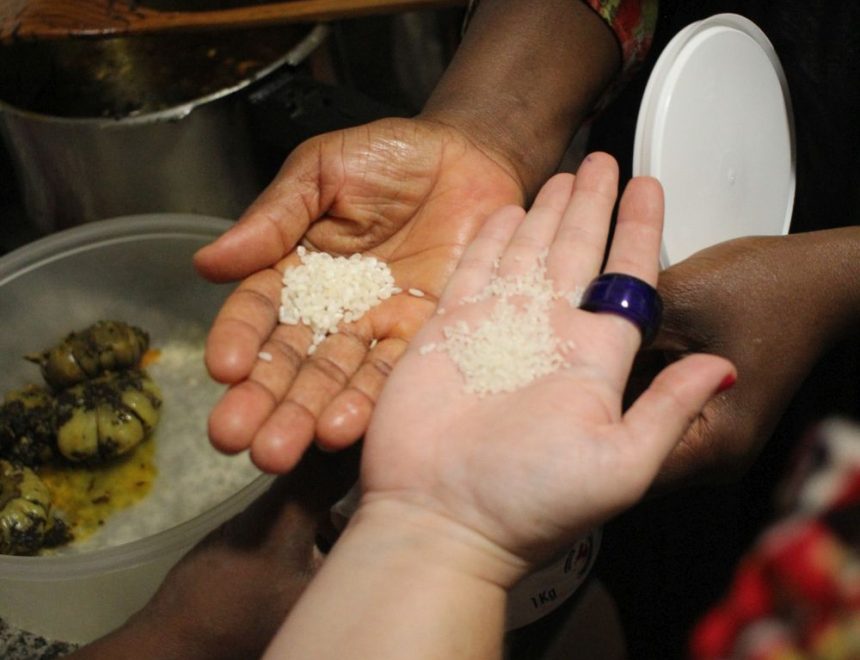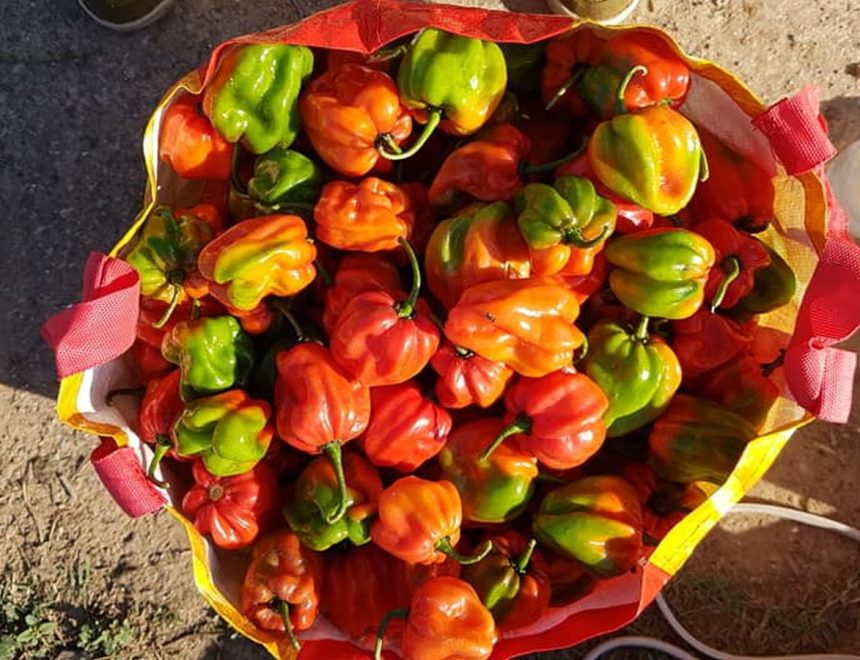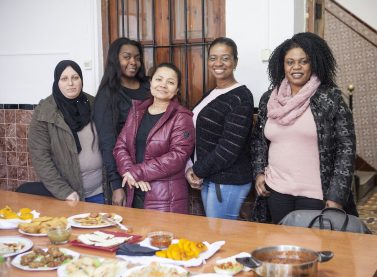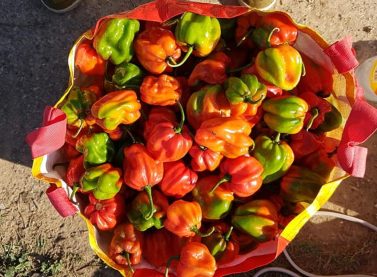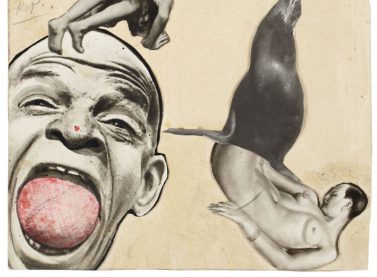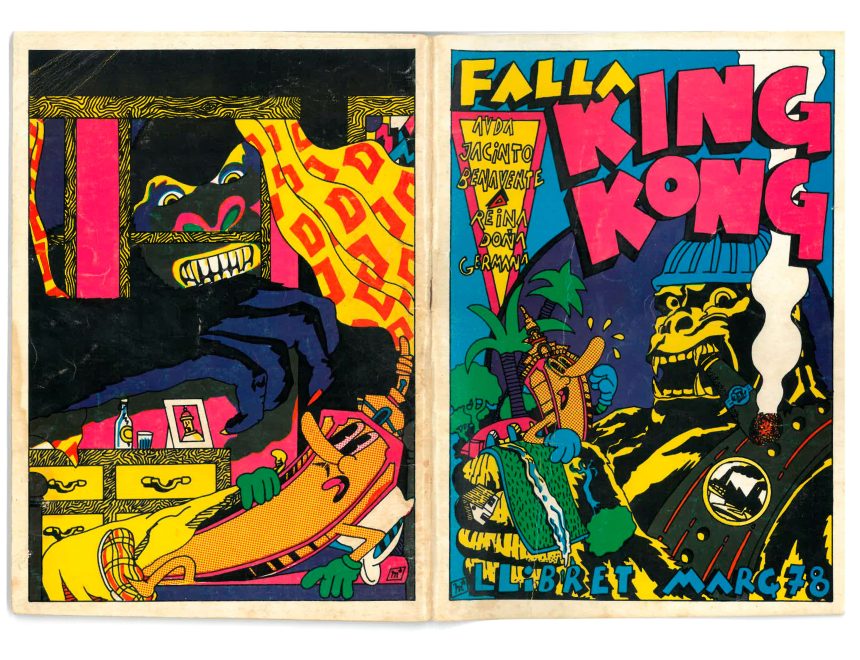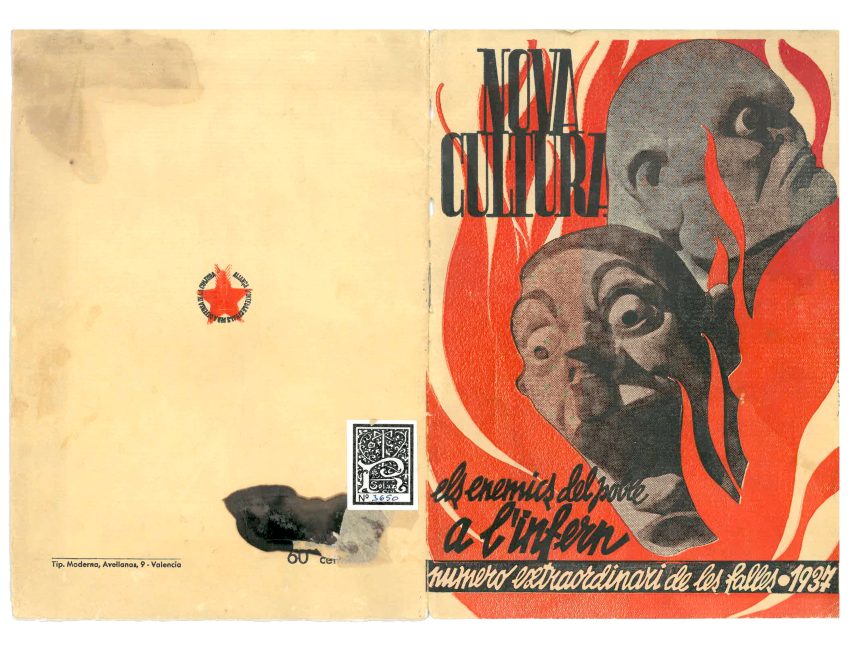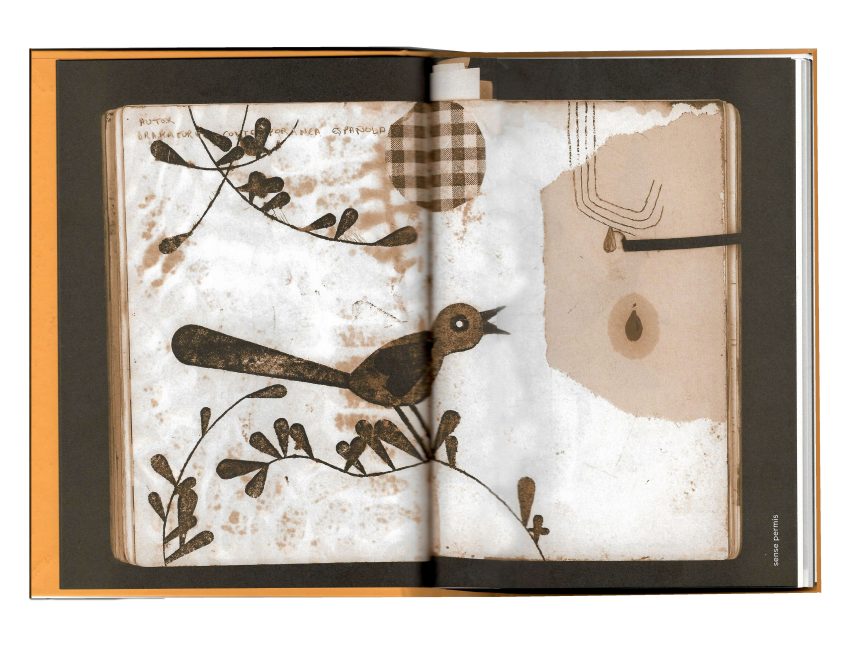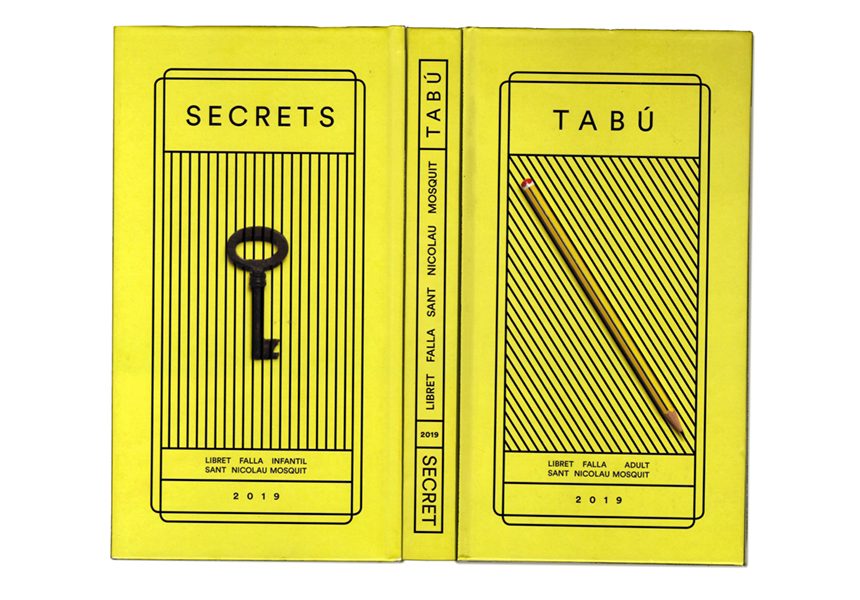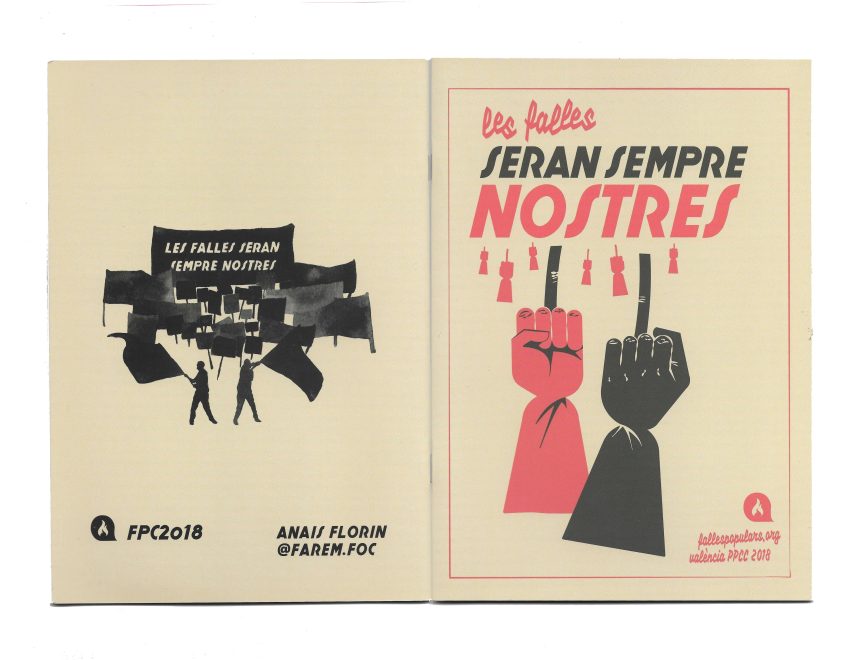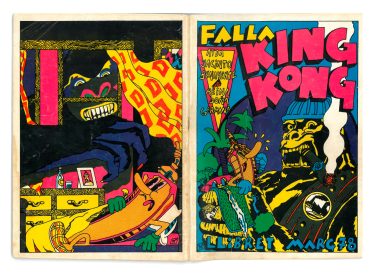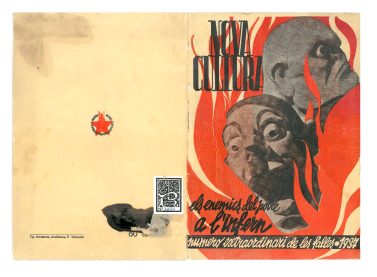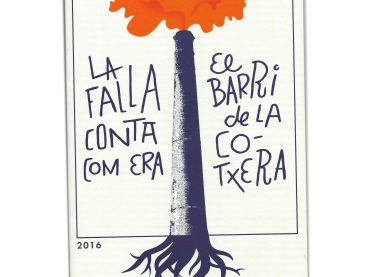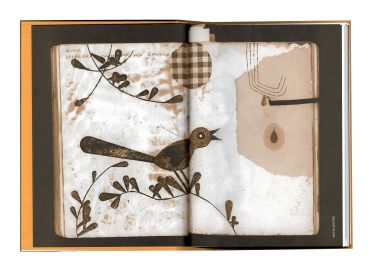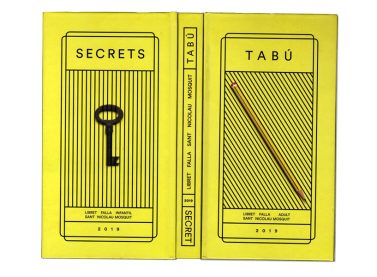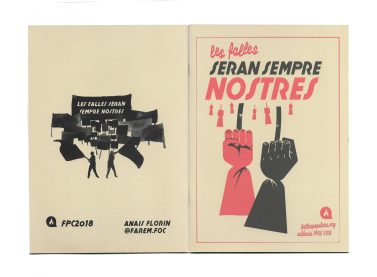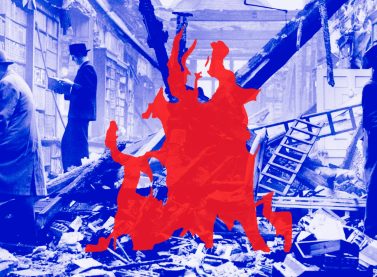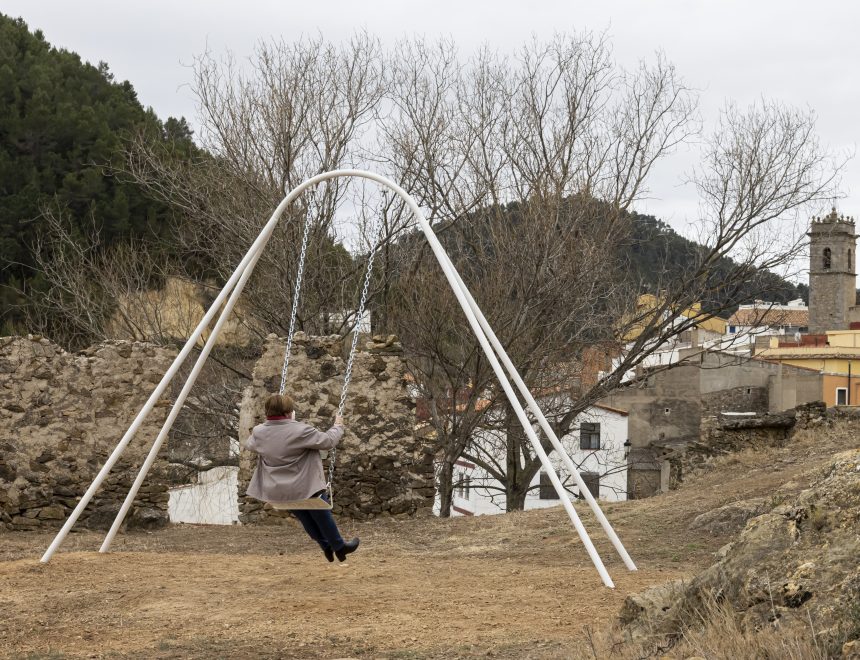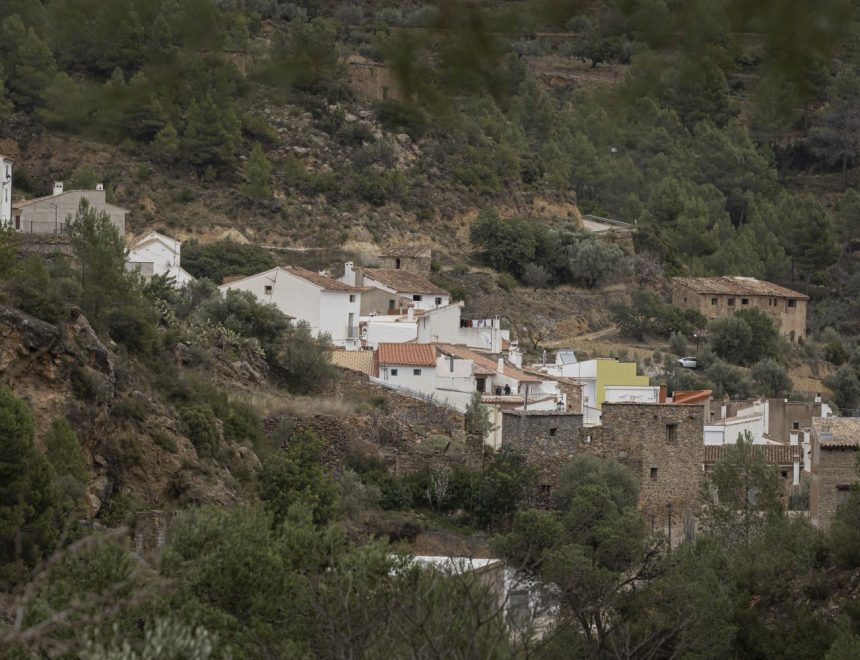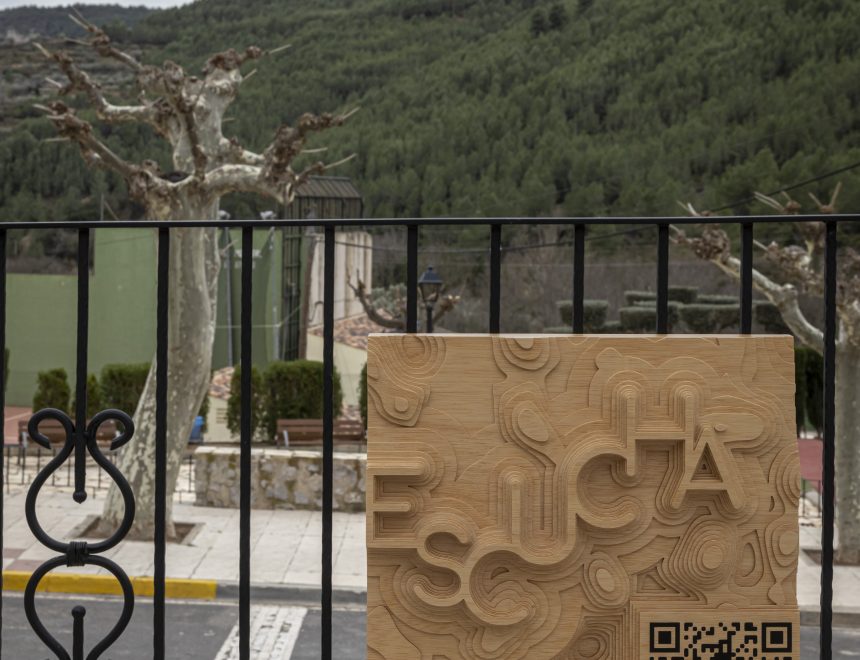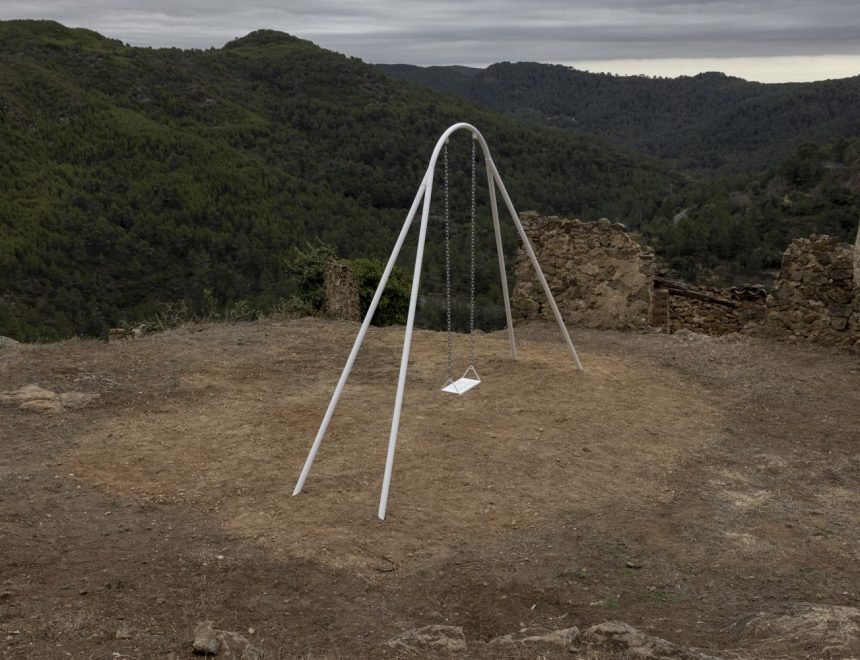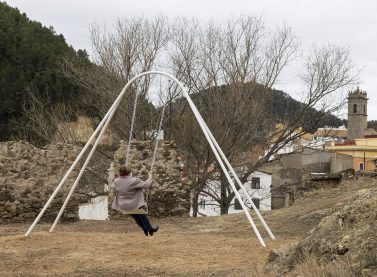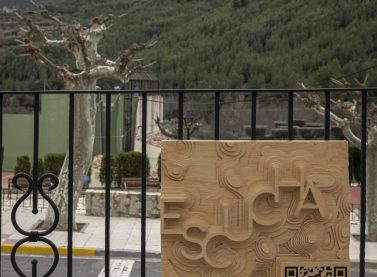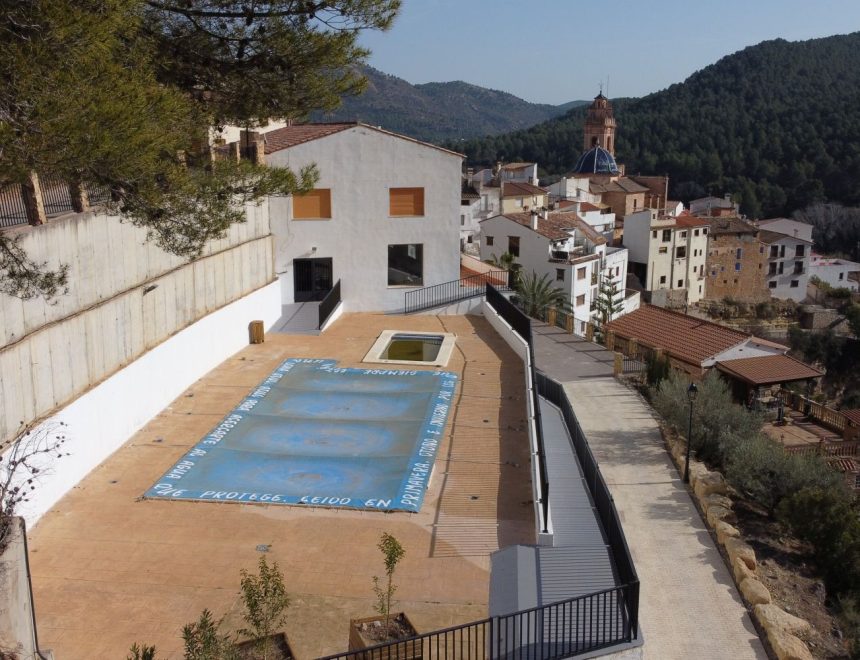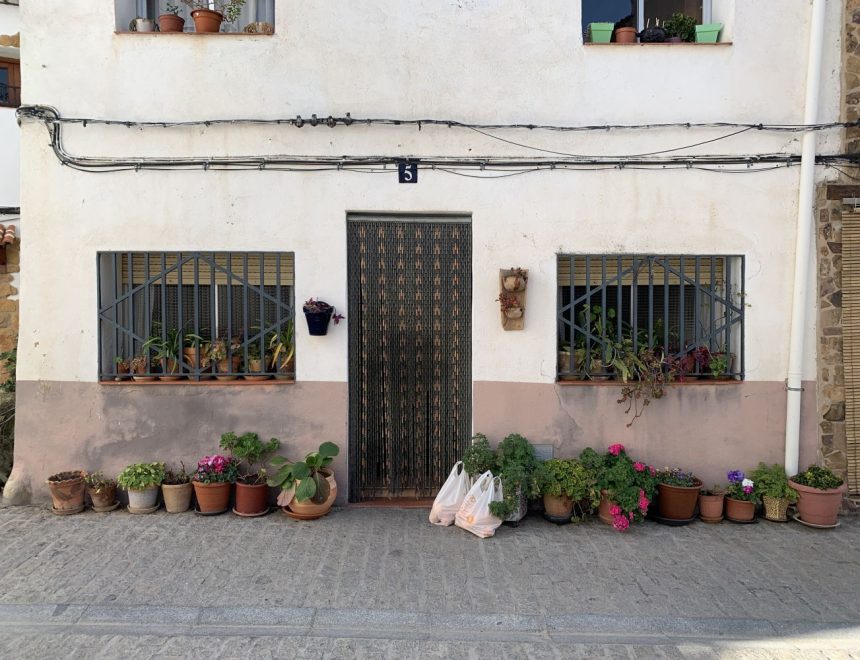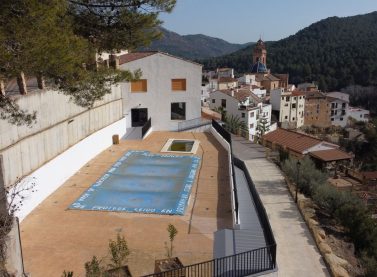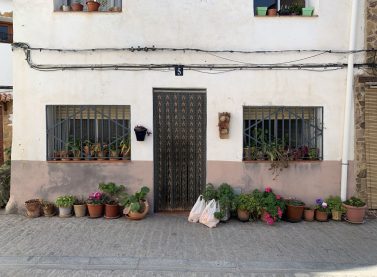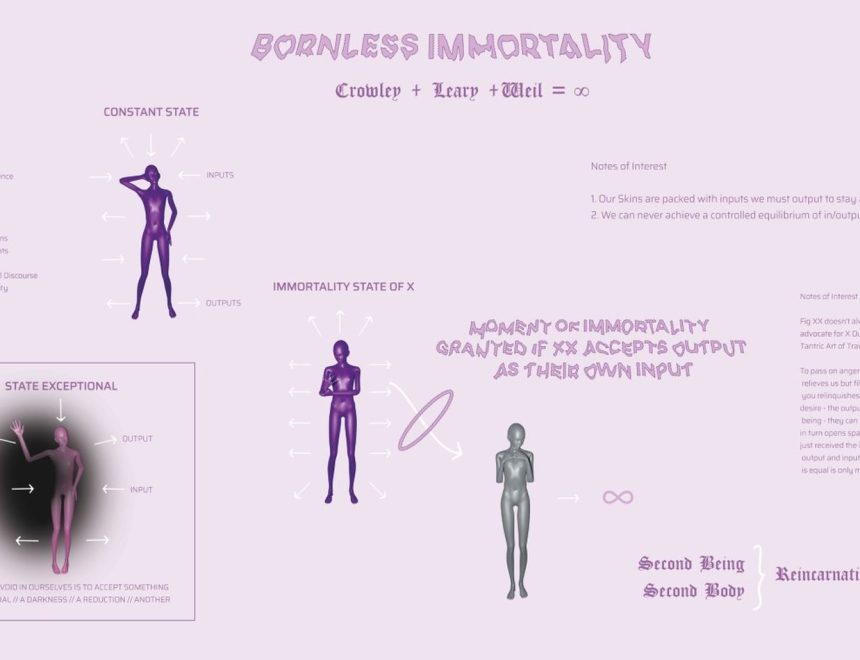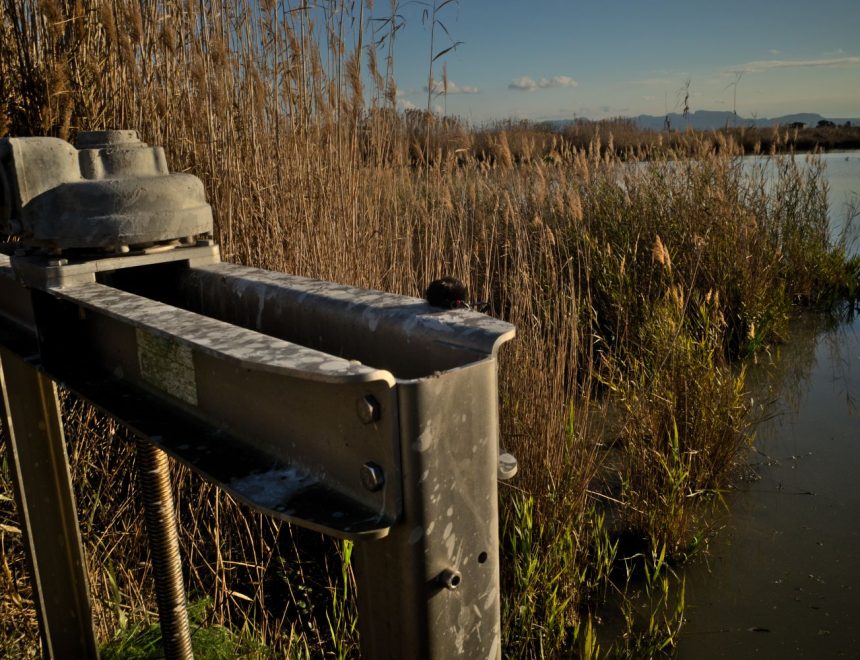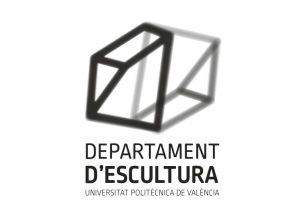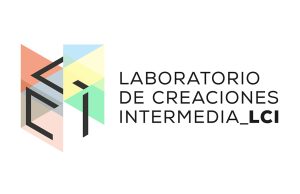In collaboration with La Mutant
IVAM EXTENDED PROGRAMME, in collaboration with La Mutant
Within the framework of Ensayos sobre lo cutre. Lecturas del archivo Miguel Benlloch (Essays on seediness. Readings from the archive of Miguel Benlloch) and programed around the Day of Dance, IVAM travels to La Mutant to present this performance by María Salgado and Fran MM Cabeza de Vaca.
Jinete Último Reino is the name given to a piece of research that is structured around a trilogy of independent theatrical pieces which, in turn, are Fragments of a work that is still in the process of creation and which will bring this project, begun in 2017 by María Salgado and Fran MM Cabeza de Vaca, to an end.
Consisting of music, poetry and performance, Jinete Último Reino is a journey of sound and language that is neither linear nor narrative, based around desire, repression, the norm and rebellion.
Biographies
María Salgado (1984) and Fran MM Cabeza de Vaca (1976) have worked together in Madrid since 2012, starting from an idea for using audio text as an intersection between poetry and language, sound art, music and performance. The area of research entitled Hacía un ruido (Made a noise) (2012-2016), which focuses on the cycle of political disobedience of 2011, gave rise to self-published graphic posters and leaflets, a book, a record, an instrumental piece for ensembles, a sound exhibition of two months’ duration, and a hybrid recital that toured different spaces and contexts in locations such as Madrid, New York, Barcelona and Guadalajara (Mexico). Jinete Último Reino (2017-ongoing) is the area of research that they are currently immersed in, which investigates sexual and gender dissidence. Its origin lies in an instrumental piece whose musical score was published in the Present Tense Pamphlets collection (Northwestern University). In connection with this area of research, they have also produced an audio piece for Radio Reina Sofía, posters (Manifiesto, 2018), music scores, and two theatrical pieces of 60 minutes duration: Frag. 3 and Frag. 2. They were premiered respectively at the (Madrid, 2017) and at the MACBA (Barcelona, 2019). Both have toured and continue to tour at various theaters, museums, and festivals. Recently, they have produced Frag. 1 of the trilogy, a work that was premiered in November 2021 at the Sala Negra of Teatros del Canal, as part of the Autumn Festival. Around this work, they have produced the audiovisual piece entitled Nana de esta pequeña era (This little era lullaby), commissioned by Pedro G. Romero for the Bergen Assembly (Norway, 2020), exhibited as an installation at WKV Stuttgart (Politics of life, 2020), and the octophonic installation, A la poesía la llama lengua a la lengua la llama continuidad…, (Poetry is called by language is called by continuity…) which was recently exhibited within Komunikazio-inkomunikazio at Tabakalera (Donosti, 2021).
